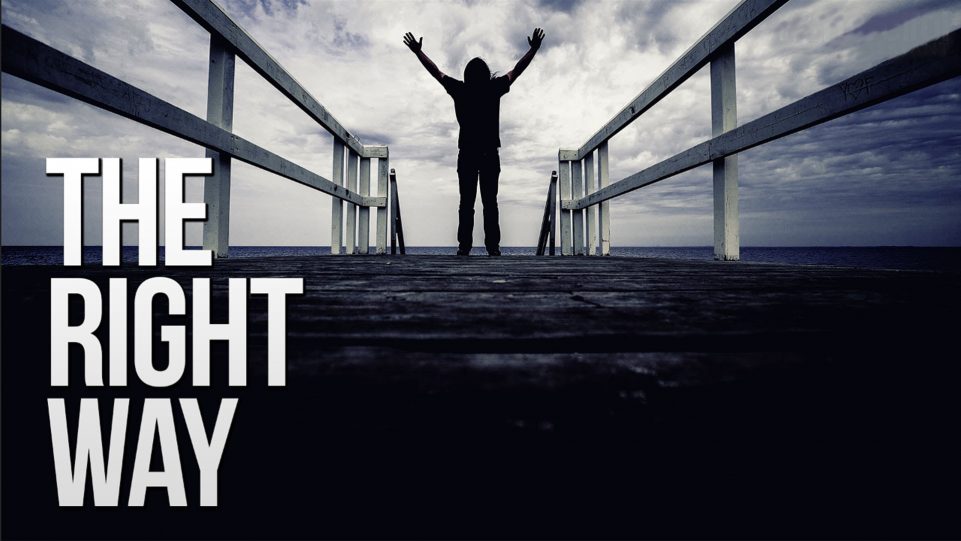Attention educators: Are You Teaching the Real Story of the First Thanksgiving?
Or is the version you are passing on to your students a blend of fact and myth?
“I propose that there may be a good deal that many of us do not know about our Thanksgiving holiday and also about the ‘First Thanksgiving’ story,” says Chuck Larsen in the introduction to Teaching About Thanksgiving.
“I also propose that what most of us have learned about the Pilgrims and the Indians who were at the first Thanksgiving at Plymouth Plantation is only part of the truth.
“When you build a lesson on only half of the information,” said Mr. Larsen, “you are not teaching the whole truth.”
He seems to know of what he speaks.
As a public school teacher, an historian, and an American of Indian heritage, Mr. Larsen always has had a difficult time teaching about the Thanksgiving holiday.
“Every year I have been faced with a professional and moral dilemma,” he said.
“Just how am I to be honest and informative with my children at Thanksgiving without passing on historical distortions, racial and cultural stereotypes.
“The problem is that part of what you and I learned in our childhood about the ‘Pilgrims’ and ‘Squanto’ and the ‘First Thanksgiving’ is a mixture of both history and myth,” he says.
“But the theme of Thanksgiving has truth and integrity far above and beyond what we and our forebearers have made of it. Thanksgiving is a bigger concept than just the story of the founding of Plymouth Plantation.”
Mr. Larsen tries to sort out the myth from the true history in his introduction to “Teaching About Thanksgiving,” a project of The Fourth World Documentation Project of The Center for World Indigenous Studies. The project includes an accurate telling of “The Plymouth Thanksgiving Story” along with study and discussion questions, ideas for enrichment, art projects, and authentic recipes.
All are intended to enable teachers to accurately portray the events surrounding the first Thanksgiving.
In closing his introduction, Mr. Larsen provokes with a question:
“What started as an inspirational bit of New England folklore soon grew into the full-fledged American Thanksgiving we now know. . . . But was [that ‘First Thanksgiving’] really our first Thanksgiving?”
“There really was a true Thanksgiving story of Plymouth Plantation,” he says. “But I strongly suggest that there has always been a Thanksgiving story of some kind or other for as long as there have been human beings.
“There was also a ‘First’ Thanksgiving in America, but it was celebrated thirty thousand years ago. Every last Thursday in November we now partake in one of the oldest and most universal of human celebrations, and there are many Thanksgiving stories to tell.”
Stereotypes, for Example
“Teaching About Thanksgiving” offers a handful of the “old stereotypes” that are often reinforced in classrooms across the United States. According to the article, “If you enact the story of the first Thanksgiving as a pageant or drama in your classroom, here are some things to consider:”
- “Indians should wear appropriate clothing. No warbonnets. A blanket draped over one shoulder is accurate for a simple outfit.”
- “Squanto and Samoset spoke excellent English. Other Indians would have said things in the Algonkian language.”
- “These people were noted for their formal speaking style.”
- “Indians in the Woodlands area did not have tipis or horses, so these should not be part of any scenery or backdrop.”
- “Any food served should be authentic. The following would be appropriate: corn soup, succotash, white fish, red meat, various fowl (turkey, partridge, duck), berries (including whole cranberries), maple sugar candies, corn starch candy (believe it or not, candy corn is almost authentic except for the colored dyes), watercress, any kind of bean (red, black, green, pinto), squash.”

